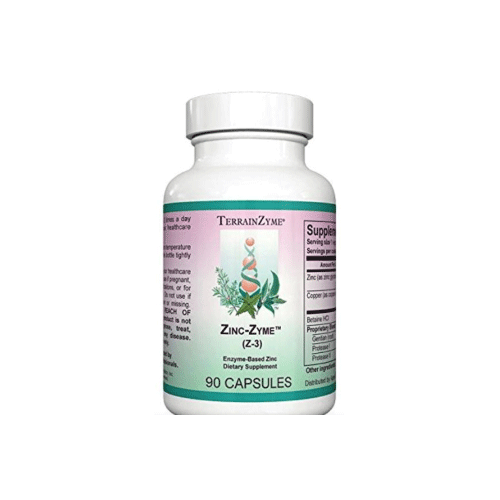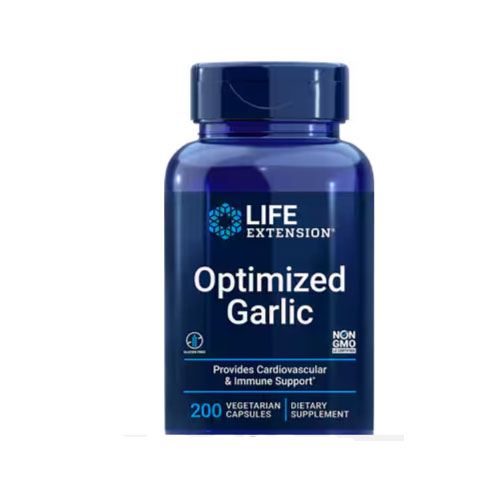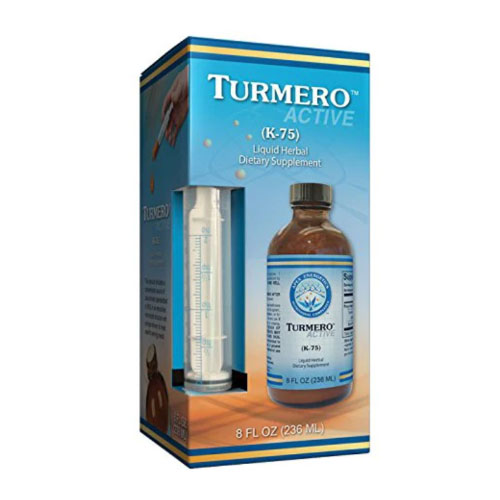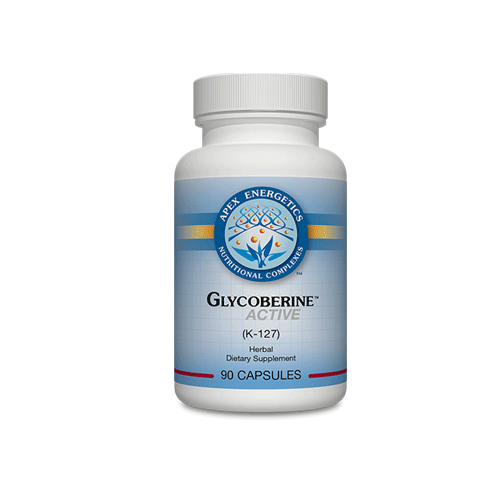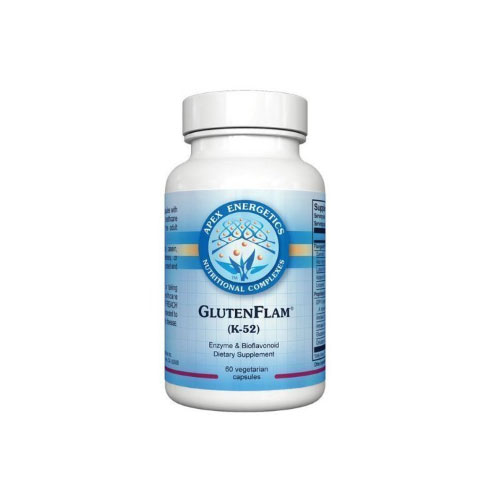
Part 7: Thyroid Disease and the Adrenal Connection
“Again with the thyroid?”
“Dad.”
“Enough already. Write something else.”
“But, but…There’s more.”
“More? I should know from this? In my day, you measured one thing, TSH. If it’s high, it’s low. If it’s low, it’s high. Everything is upside down. You give one thing, Synthroid. None of this fancy, schmancy finding root causes. You make things too complicated.”
“Do you want the problem fixed, or covered up?”
“Ah. Cover it up. It’s easier.”
“I’m only halfway through. We did ‘leaky gut,’ heavy metals and infections. This month adrenal fatigue, next iodine, and, in March, nutrient deficiencies.”
“Adrenal fatigue?” Dad said. “Another one of your crazy ideas.”
“It’s real,” I replied.
“Oh sure, you told me, Teddy Roosevelt had it. I read it in a history book. He would have been famous for taking San Juan Hill, but he was too tired to get out of bed that morning. No?”
“It’s real and you know it,” I replied. “It can be measured. And yes Teddy Roosevelt and many others had it too.”
“Adrenal fatigue,” Dad hooted. “I hear myself now talking to the other Mr. Roosevelt. I’m so sorry Mr. President. I know you want us to storm the beaches at Normandy but I don’t get up till noon. I’m taking it easy today. I have a condition you know. Thanks for thinking of me.”
“Dad.”
“And this has what to do with the thyroid?”
The Autoimmune-Adrenal-Thyroid Connection
In 1881, George Miller Beard, M.D., a neurologist and graduate from the New York
College of Physicians and Surgeons described a condition based on excess “nervous energy.” Constant over stimulation of the nervous system from the “modern, sedate, new-fangled American lifestyle,” complete with indoor electric lighting and plumbing, resulted in burnout or nervous exhaustion condition he termed “neurasthenia.”
Symptoms of neurasthenia included nervous dyspepsia, insomnia, hysteria, hypochondria, asthma, sick-headache, skin rashes, hay fever, premature baldness, inebriety, hot and cold flashes, nervous exhaustion, brain-collapse and forms of elementary insanity. The best-educated and most sophisticated Americans, President Theodore Roosevelt and the western artist Frederic Remington, were best-known celebrity sufferers from this malady Dr. Beard termed “neurasthenia.”
The “cure” was a withdrawal from modern life, rest and a less hectic lifestyle. Critics, (not unlike Dad), noted that urban life in the late nineteenth century had produced a “gaggle of pathetic, pampered, physically and morally enfeebled 97-pound weaklings, unworthy successors to the stalwart Americans who had fought the Civil War and tamed a continent.” (1)
Physicians jumped on this “nervous energy” diagnosis, relieving them of more vigilant medical inquiry. Early signs of tuberculosis, heart failure and epilepsy were chalked up to ‘neurasthenia,’ and when later discovered to be in error, gave fuel to those who saw this “disease” as a sham.
Though no longer used to describe any medical condition, neurasthenia is remarkably similar to a very real condition with objective diagnostic criteria known as “Adrenal Fatigue.”
Adrenal Fatigue is the end product of constant unremitting stress, as experienced by nearly everyone in today’s society, hijacking normal hormonal responses, and deploying one’s resources to combat the “evil” of the moment.
The adrenal glands, pea-sized organs, sit on top of the kidneys and produce the “fight or flight” hormone cortisol, the body’s defense mechanism to danger. In response to provocations or stress, they regulate blood pressure, electrolytes, blood sugar, and allow for adequate immune and hormonal responses.
In an “emergency,” the adrenal glands produce enormous quantities of cortisol. In an ideal world stress is rare, and when present, is experienced in discrete “packets.” The ‘crisis’ of the moment is resolved quickly, and the adrenals “wash out” the cortisol, resetting to “normal.”
In our decidedly non-ideal world, stresses, like a bad divorce, linger. They often worsen and newer stresses arise, producing even more cortisol, adding to the problem. A state of chronically elevated cortisol develops, driving the adrenals to exhaustion, like flogging an overworked horse.
The adrenals can only produce so much cortisol and eventually can no longer keep up.
The result is a neurasthenic “burnout” situation.
Long-term exposure to abnormally high levels of cortisol takes over the entire functioning of the adrenal gland. The other functions of the adrenals, smooth digestion, adequate immune and thyroid hormone production are put on a ‘temporary” hold. (2)
The thyroid is exquisitely impacted by the constant flood and eventual depletion of stress hormones. As with gluten, heavy metals, and infectious diseases, the body unwittingly defers thyroid production to combat the immediate danger. (See Healthy Beginnings November 2015 through January 2016).
Chronically elevated cortisol levels release inflammatory cells into the bloodstream, desensitizing thyroid receptors to thyroid hormone. Like a diabetic who doesn’t respond to insulin, the thyroid hormone, while adequate in quantity, is unable to be utilized.
Chronically elevated stress hormones interfere with the conversion of T4 to the usable portion of the thyroid hormone, free T3, resulting in an inert, unusable T3 known as “reverse T3.”
Not satisfied with just disrupting the thyroid, chronically elevated cortisol increases estrogen in the bloodstream. Estrogen increases thyroid-binding globulin, tying up T3 and T4, reducing the substrate necessary for the conversion to free T3 even more. (3)
Chronically elevated cortisol levels trigger, among other reactions, “leaky gut syndrome,” latent infections, and autoimmune diseases.
80% of patients with Adrenal Fatigue have low thyroid function. Common symptoms of both include fatigue, depression not relieved by antidepressants, apathy, difficulty focusing, lack of enjoyment, poor memory, irritability or anger over trivial matters, and sleep disturbances.
Common signs include rapid aging, lack of stamina, constipation, dry skin, and decreased immunity.
Differences between thyroid disease per se and adrenal fatigue include fatigue that lasts all day in hypothyroidism, energy levels that are relatively steady all day long and caffeinated and sugary food preferences. Adding salt to the diet makes no difference, there is extreme intolerance to cold, hair loss on the scalp and the lateral third of the eyebrow. (Incidentally, thinning of the medial third of the eyebrow is a sign of testosterone deficiency in men or estrogen deficiency in women, and thinning of the medial third of the eyebrow indicates a lack of growth hormone.) Constipation is a prominent feature as is excess weight distributed to the hips and thighs.
Adrenal Fatigue patients awaken tired and by midafternoon need a nap. They feel worse in the morning and best after 9:00 pm. Their preferred foods are salt, caffeine, fats, and protein. Symptoms improve when salt is added to the diet. Cold intolerance is mild, if present at all, hair loss is limited to the lateral calf in men and constipation is mild and often alters with diarrhea. An excess weight settles in the midsection.
Serum (blood) measures of cortisol need stimulation tests and are notoriously inaccurate. To properly diagnose adrenal fatigue one needs to perform a four-point saliva test. This measures cortisol levels on rising, noon, 4 pm and 8 pm throughout a single day. Levels normally are high upon awakening, fall quickly and flatten out by noon, and stay low the rest of the day. (4)
Treatment begins with reducing stress (easier said than done). Proper diet, exercise, and stress-reducing techniques including yoga, Pilates, Qi Gong, meditation, massage, shutting off the cellphone and infrared sauna all successfully reduce cortisol levels. Rarely, drastic lifestyle changes (going off the grid) may be the only way to better health.
Supplements to enhance the adrenals include the adaptogenic herbs Rhodiola, Ginseng, and cordyceps, DHEA (the “stagecoach stop” that makes all the other hormones work better), 5 HTP (for sleep, well-being and mood regulation), adrenal glandular (to balance cortisol and replenish catecholamines (dopamine, norepinephrine, and epinephrine), and if still no relief Cortef, low dose cortisone, split throughout the day. (5)
Clearly, thyroid balance and getting to the root cause of thyroid disease is necessary for good health. Just as clearly, a new definition is needed, as we have explored other, seemingly unrelated hormones being intimately involved in thyroid function. Stay tuned as, to Dad’s dismay, we aren’t done yet.
(1) The Birth of Modern Culture, Digital History,
http://www.digitalhistory.uh.edu/disp_textbook.cfm?smtID=2&psid=3313 , accessed September 7,
2015.Christianson, A., and Murray, M., Hypothyroidism. In Pizzorno,
(2) J., and Murray, M., Textbook of Natural Medicine. St. Louis: Elsevier/Churchill Livingstone, 2013, p. 147380.
(3) Puder JJ et al. Estrogen modulates the hypothalamic-pituitary-adrenal and inflammatory cytokine responses to endotoxin in women. Clin Endocrinol Metab. 2001 Jun;86(6):24038.
(4) http://www.diagnostechs.com/Pages/ASIPatientOverview.aspx , accessed December 20, 2015
(5) Simpson, K., Overcoming Adrenal Fatigue, New Harbinger Publications, Oakland, CA. 2011,; p 7578,
9092

